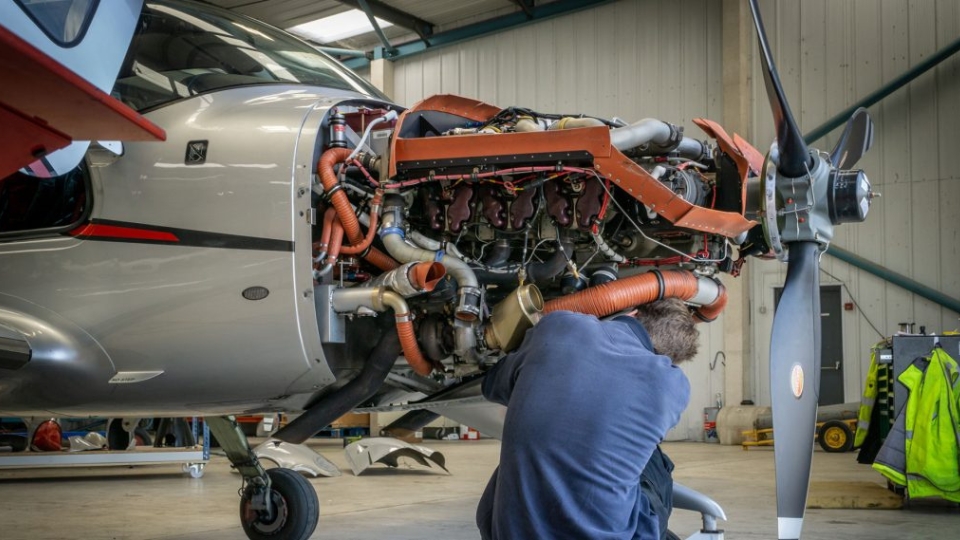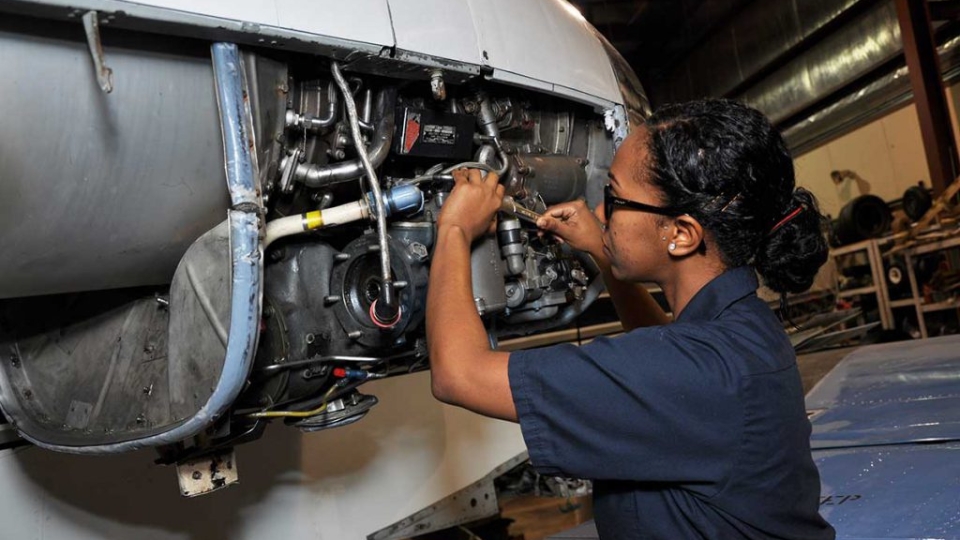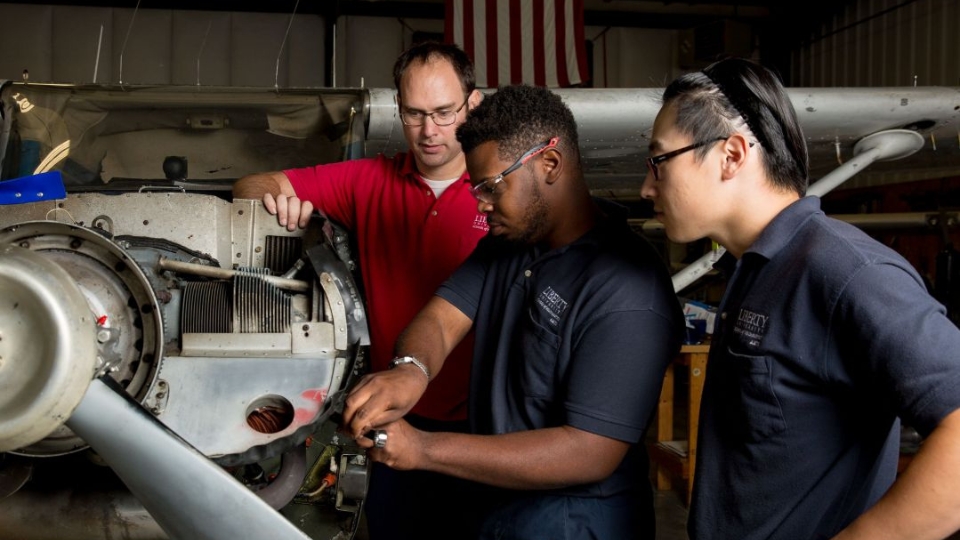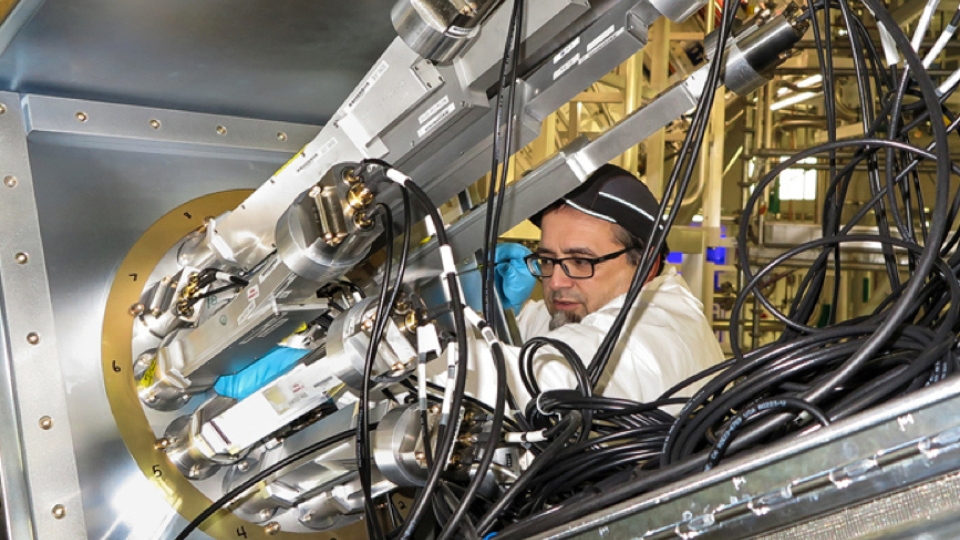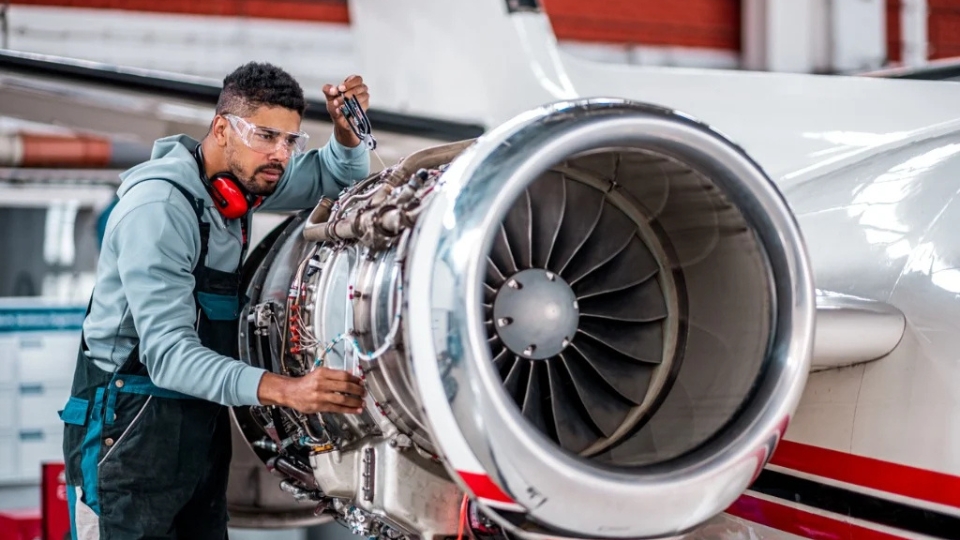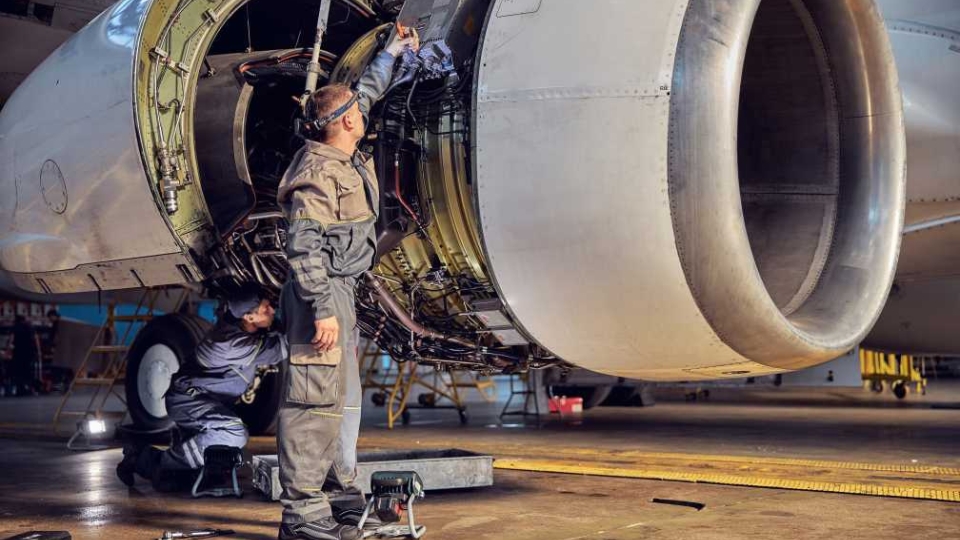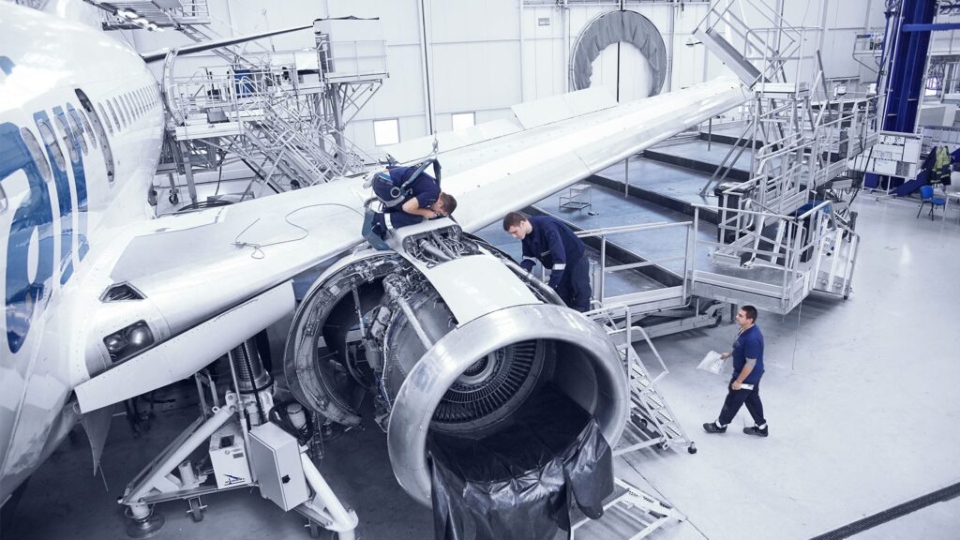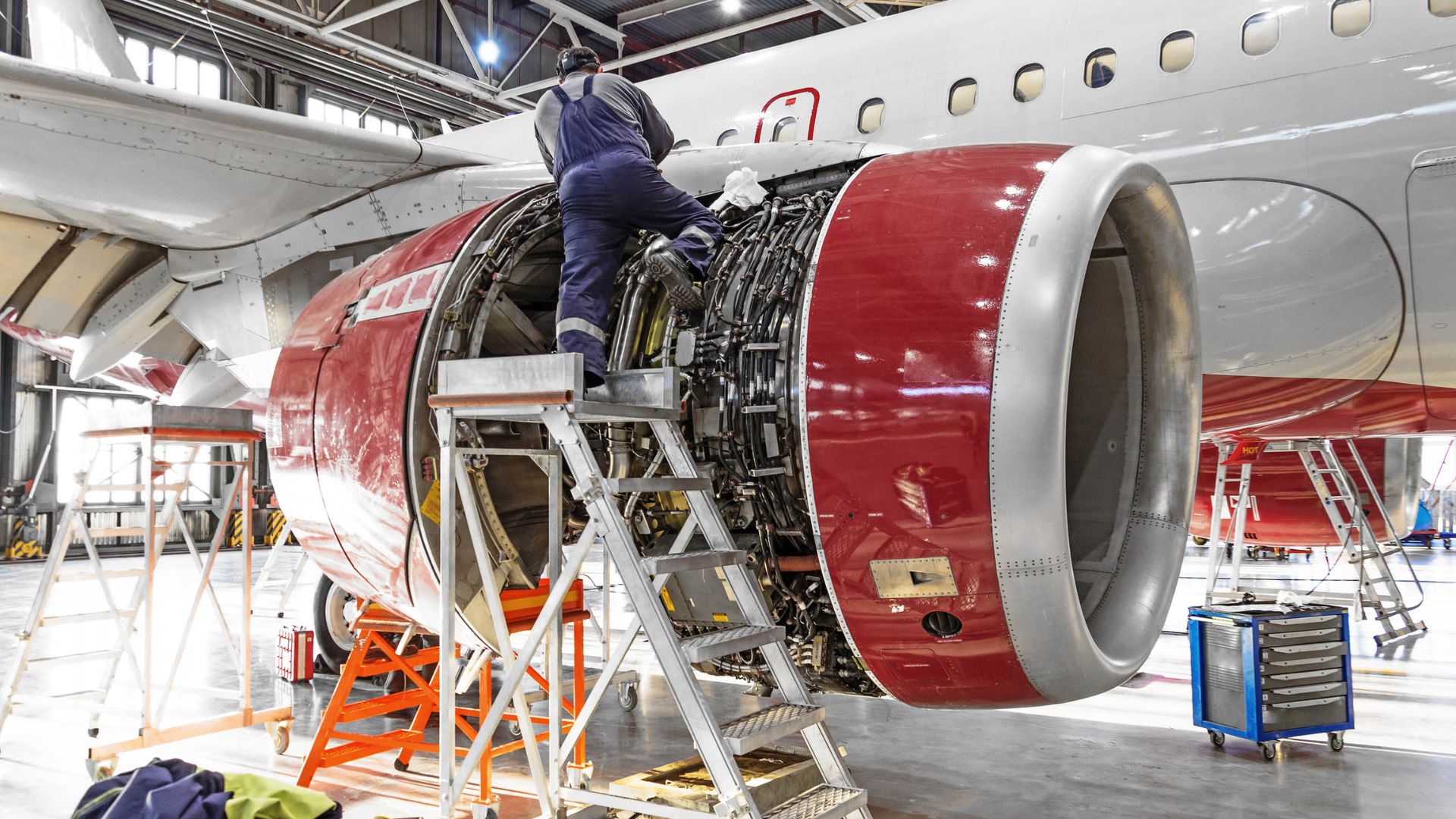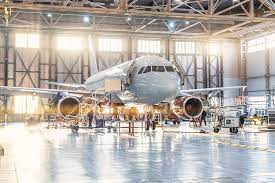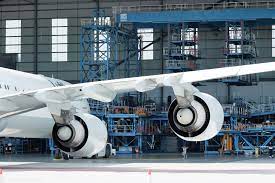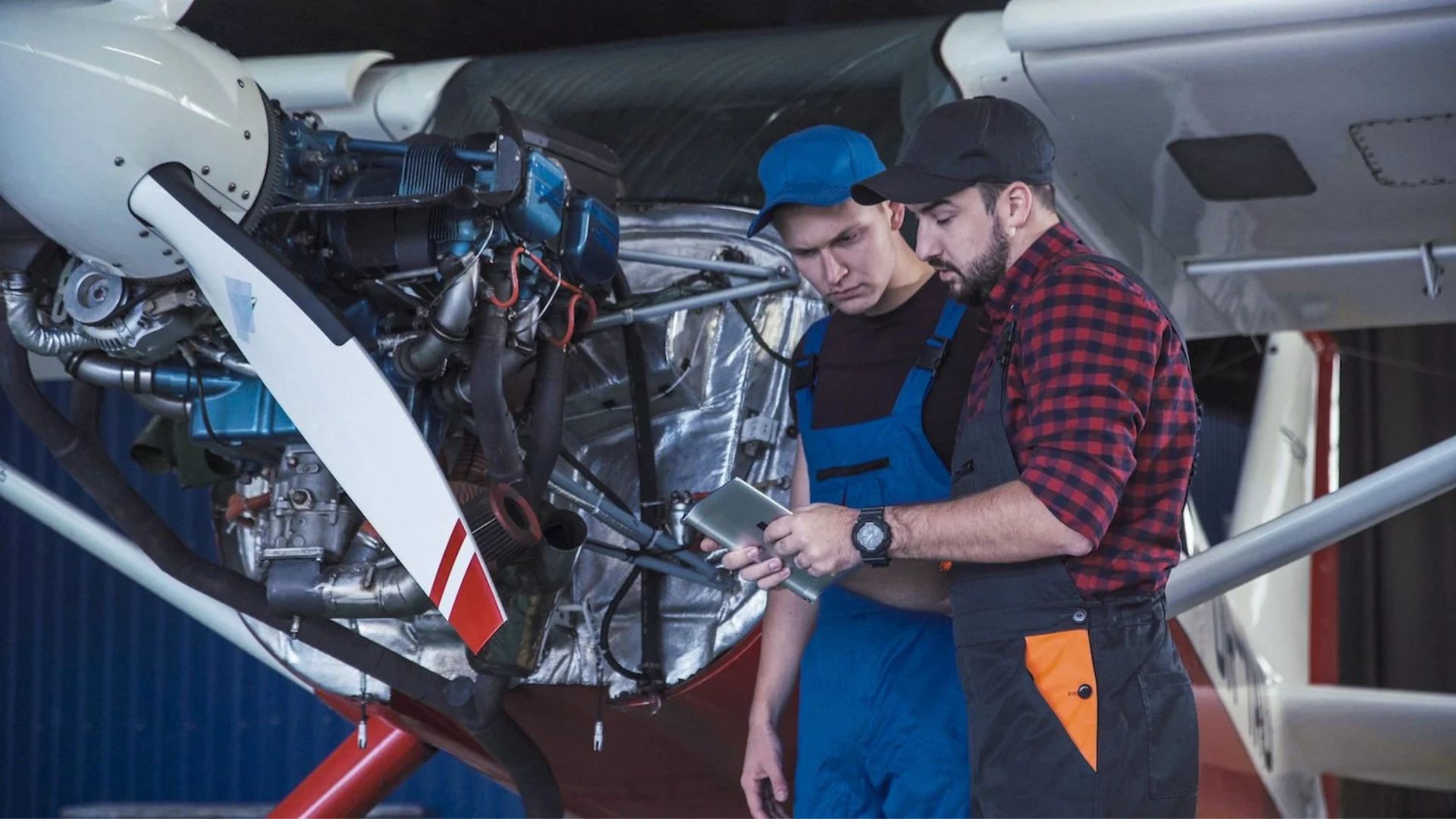Preventive maintenance is essential for aircraft owners who want to ensure safety, reliability, and long-term performance. By regularly inspecting and servicing aircraft, owners can avoid costly repairs, prevent technical failures, and maintain compliance with aviation regulations.
Moreover, preventive maintenance increases aircraft longevity and improves operational efficiency, giving pilots confidence every time they take off.
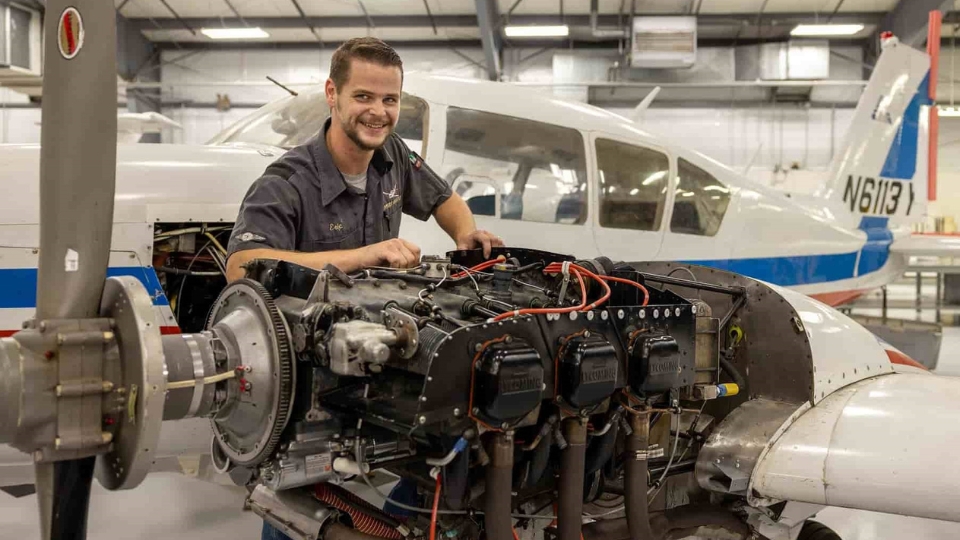
Preventive Maintenance Tips for Aircraft Owners
Regular Pre-Flight Inspections
Before every flight, owners should perform thorough pre-flight checks. These inspections help detect potential issues early and maintain operational safety.
-
Exterior check: Examine the fuselage, wings, landing gear, and control surfaces for visible damage, corrosion, or leaks.
-
Fuel and oil levels: Verify that fuel, oil, and hydraulic fluid levels are adequate and free from contamination.
-
Tire and brake inspection: Check tire pressure, tread wear, and brake condition to ensure safe takeoffs and landings.
-
Control surfaces and lights: Test all flight controls, navigation lights, and landing lights for proper function.
Consequently, pre-flight inspections reduce the risk of unexpected issues during flight.
Scheduled Engine Maintenance
Engines are the heart of any aircraft. Preventive engine maintenance ensures performance, reliability, and safety.
-
Routine checks: Monitor engine performance, fluid levels, and signs of wear or leaks.
-
Oil changes and filter replacement: Regularly replace oil and filters according to manufacturer guidelines.
-
Engine run-ups: Perform controlled engine tests to detect irregularities in temperature, RPM, or vibration.
-
Professional inspections: Have certified technicians conduct detailed engine inspections at scheduled intervals.
Therefore, consistent engine maintenance prevents in-flight failures and extends the life of your engine.
Avionics and Electrical System Care
Modern aircraft depend on avionics and electrical systems for navigation, communication, and safety. Regular maintenance ensures these systems function properly.
-
Battery checks: Verify battery charge, terminals, and overall condition.
-
Instrument calibration: Ensure altimeters, compasses, and other instruments are accurate.
-
Wiring inspection: Look for frayed wires, loose connections, or signs of corrosion.
-
Software updates: Keep avionics software current to maintain compliance and performance.
As a result, properly maintained avionics systems reduce the risk of errors and improve overall flight safety.
Airframe and Structural Maintenance
Maintaining the aircraft’s structural integrity is critical. Preventive care ensures the airframe remains strong and reliable.
-
Visual inspections: Check for cracks, corrosion, and signs of wear on wings, fuselage, and landing gear.
-
Cleaning and lubrication: Remove debris and lubricate moving parts to prevent corrosion and wear.
-
Protective coatings: Apply anti-corrosion treatments or sealants to exposed metal surfaces.
-
Scheduled professional inspections: Have certified technicians perform detailed airframe checks periodically.
Consequently, proper airframe care ensures the aircraft can withstand operational stresses safely.
Maintain Proper Documentation
Accurate maintenance records are essential for compliance and operational efficiency.
-
Log all maintenance activities: Document inspections, repairs, and replacements thoroughly.
-
Track service schedules: Maintain a calendar for routine checks, oil changes, and professional inspections.
-
Regulatory compliance: Ensure that maintenance logs meet aviation authority standards.
Therefore, organized records make it easier to track aircraft health and demonstrate adherence to safety regulations.
Seasonal and Environmental Considerations
Weather and storage conditions affect aircraft longevity. Preventive maintenance should account for these factors.
-
Climate protection: Store aircraft in hangars or use covers to protect against UV damage, rain, and snow.
-
Corrosion prevention: Inspect for rust and corrosion, especially if operating in humid or coastal environments.
-
Temperature monitoring: Check fluids and batteries for extreme temperature effects.
-
Regular cleaning: Remove dirt, salt, and debris that may damage surfaces or systems.
By considering environmental factors, owners can minimize long-term wear and tear.
Partner With Certified Maintenance Professionals
While owners can perform many preventive tasks, certified technicians provide expertise for complex systems and scheduled maintenance.
-
Engine overhauls: Technicians perform detailed inspections and rebuilds when required.
-
Avionics calibration: Certified experts ensure instruments meet regulatory standards.
-
Airframe inspections: Professionals detect hidden structural issues that may be missed during routine checks.
Consequently, collaboration with professionals ensures comprehensive preventive care and maximizes aircraft safety.
Conclusion
Preventive maintenance is a vital responsibility for aircraft owners. By conducting pre-flight inspections, maintaining engines, avionics, and airframes, keeping accurate records, and addressing environmental factors, owners can prevent costly repairs and ensure safety.
Ultimately, combining personal vigilance with professional expertise protects passengers, prolongs aircraft lifespan, and maintains operational reliability. Aircraft owners who prioritize preventive maintenance enjoy safer flights, reduced downtime, and peace of mind.

